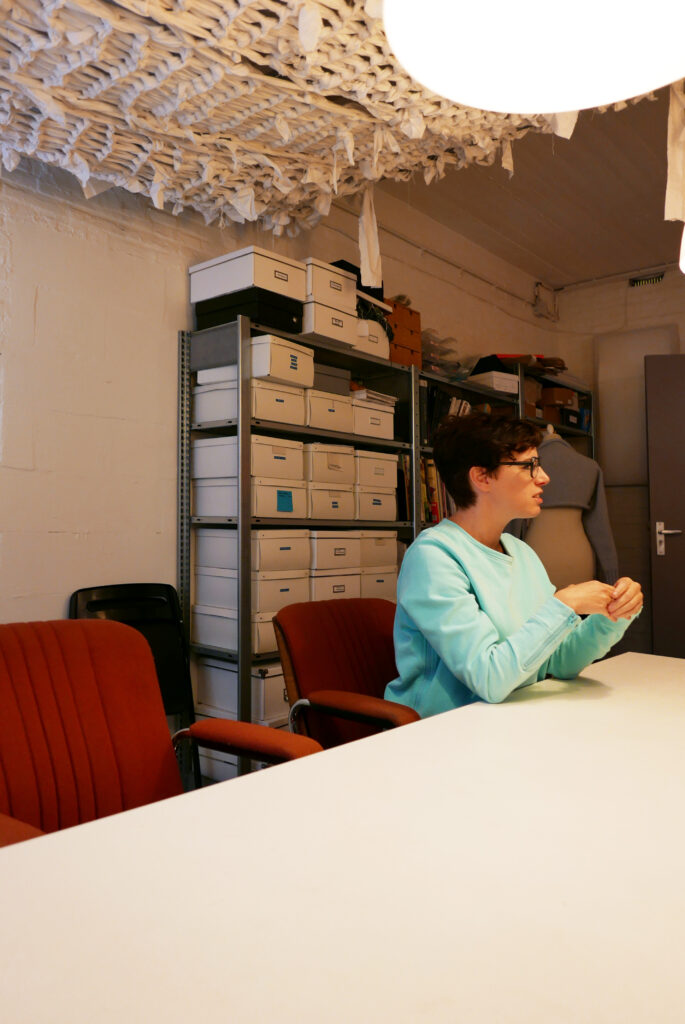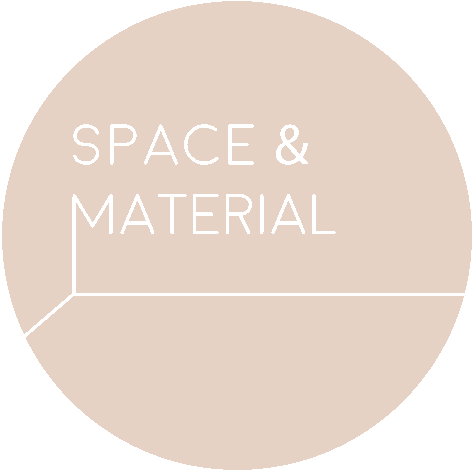OPEN DOOR CONVERSATIONS WITH STRIKKS
“I love my job because it’s all about knitting all day long and still, even when I go home, I look forward to knitting all day long. I could never leave the house for a longer time than one day without knitting needles. So on Sunday I will travel by plane and what’s in my hand luggage is knitting needles and a ball of yarn. “
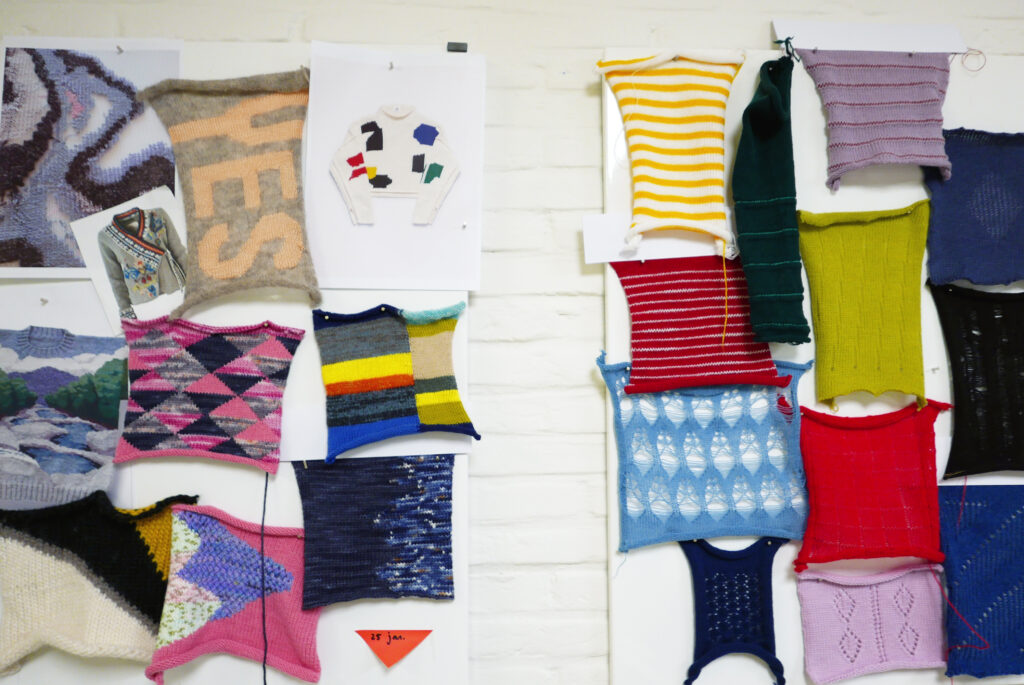
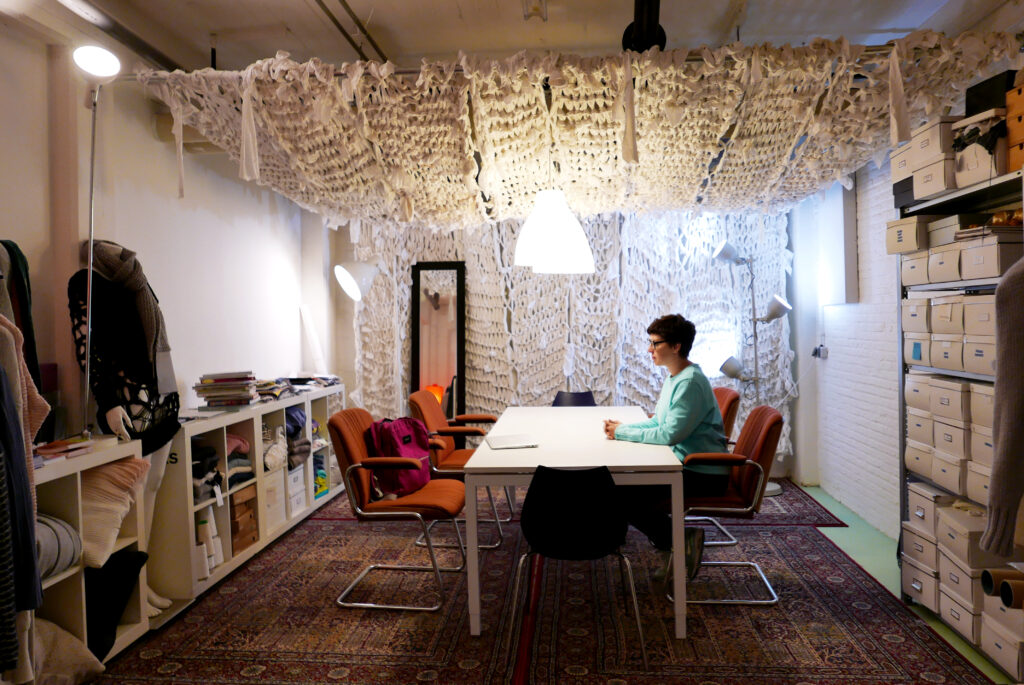
Alright, well there is a long and a short story. So textiles have always been in my blood because of my mother, she was a textile teacher. So I was connected with that from my youth. She taught me how to knit, how to sew, and other handcrafting textile techniques. And I went to art school university to study architecture and afterwards, I thought, “ Well…no, I need to go back to my textile roots”, so I studied textile design. And there I got to know weaving and that was my graduation project, to do weaving and I got to work as an assistant to a weaving designer.
And later on I did some web design and graphic design but I kept going back to the tactile aspect of it – the tangibility of materials – I find that very important. So at a certain point I thought, just go back to knitting. I bought myself a knitting machine and just studied how to do it. And then I thought, this has to be my job.
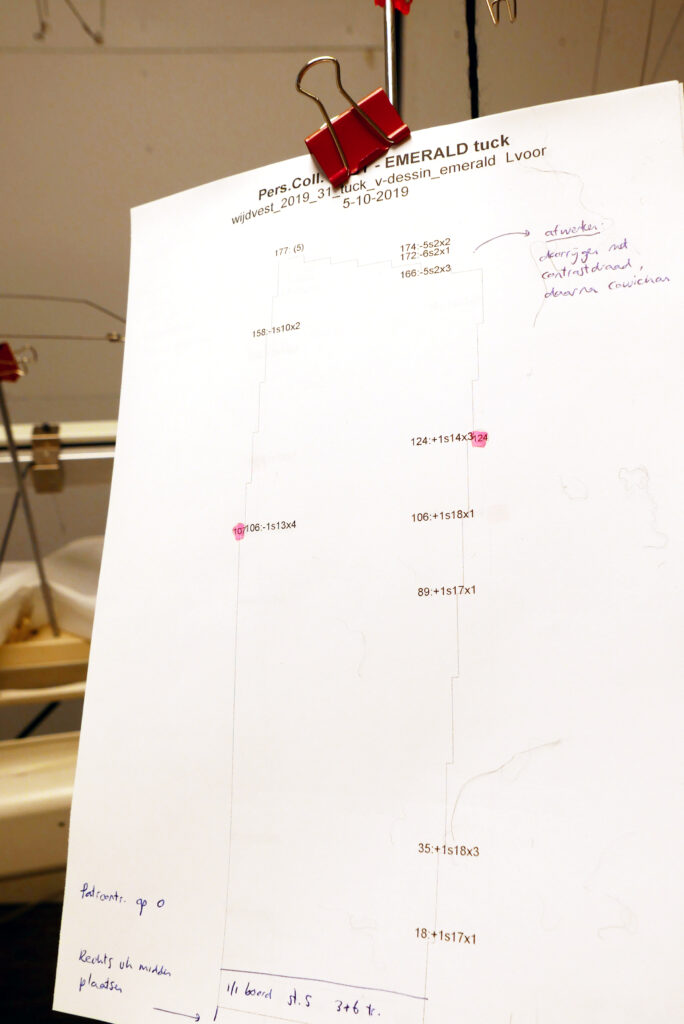
But I didn’t want to do it on my own. So I talked with some potential companions, partners and then, Suzanne, my companion turned out to be the best person to become a team. So that’s about 9 years ago, I think? 8 or 9 years ago? And we’ve been STRIKKS ever since and our passion is knitting and showing the world what you can do with this technique. It’s like a mission; show the world what this technique has to offer, not just knitting hats and scarves, but also interior products or even technical stuff. We can make anything on these machines, why not using it for any purpose possible?
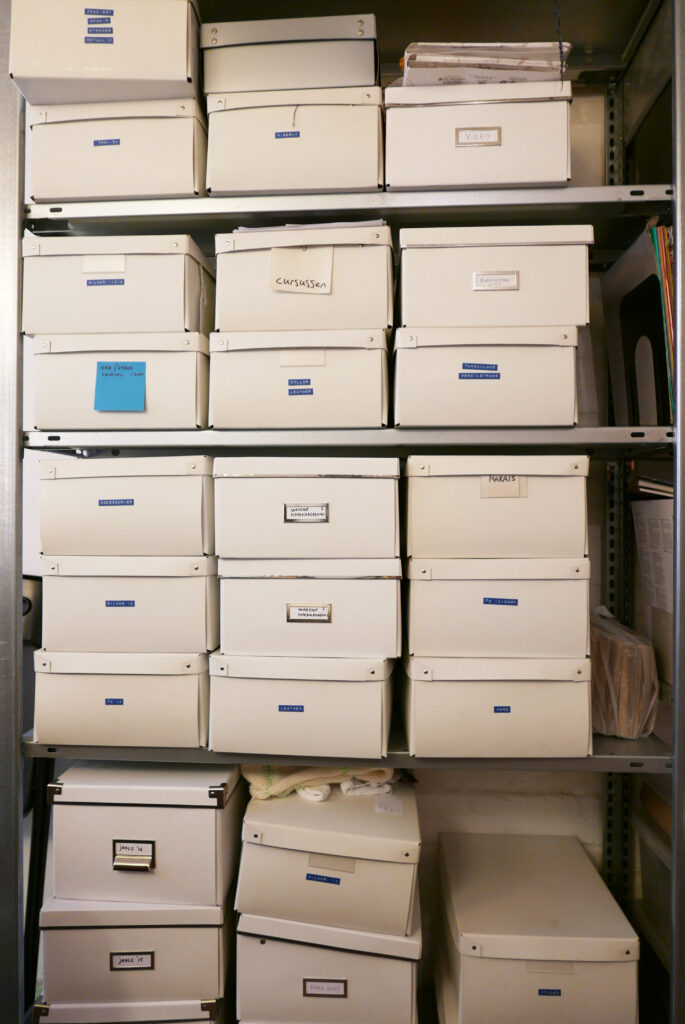
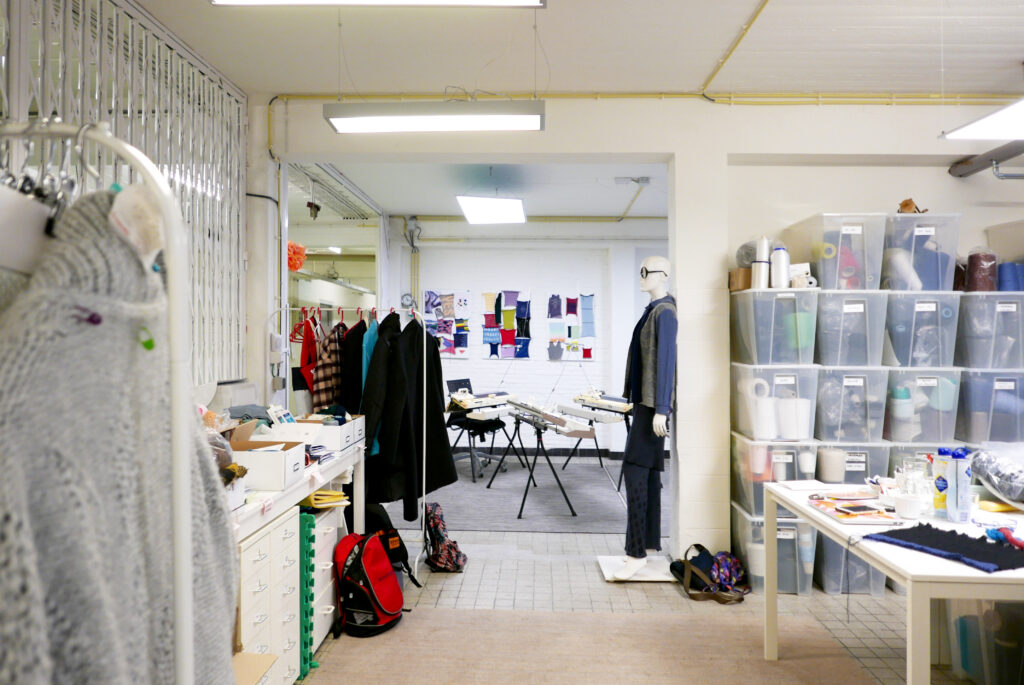
I learned how to knit on the machines when I studied at the University here in Maastricht. I liked it…but didn’t really care about it. But later on, I just bought one myself because you can work very fast and I like machines, I like the technical aspect of it and only three or four years ago I started hand knitting. I could do it (hand knitting), but I just never did and then I realized that hand knitting is very relaxing, like therapeutic aspect, at the end of the day and machine knitting is…is to get a quicker result and you can use finer yarns. And it’s definitely a different way of thinking and a different way of working also. So that’s why I use both, in one case I use the machine and the other case I use hand knitting. And it’s very good to combine these techniques; nobody does that. So that’s our way, our unique way of facing the technique.
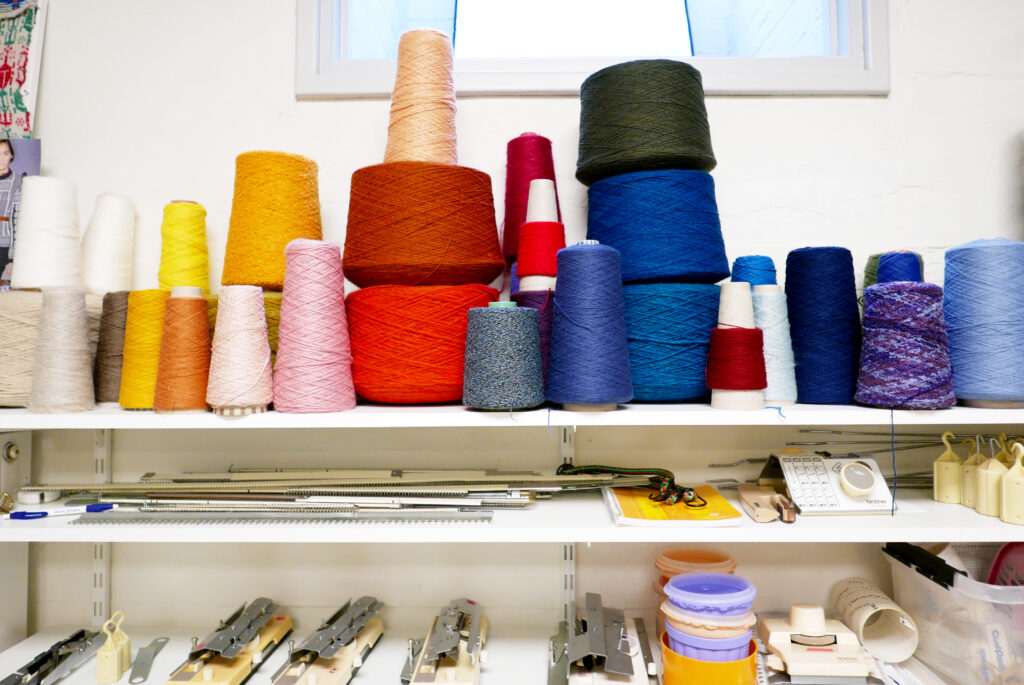
Inspiration can come from anything. Even I look at you and you are wearing a knitted pullover and I think “Oh, that’s an interesting way that the trimming is attached or how the sleeves are attached or just some stitch. That’s interesting.” Or I see something that somebody else has made in hand knitting and I think how can I translate this to the knitting machine or the other way around, if I see something knitted on the machine and it’s store bought, I think “ Oh! How can I translate this to hand knitting?” and make it more “chunky” or how do you say that? “Bold” maybe, to give it a different style? So it’s not people that inspire me but what they are wearing or the technique that I stumble upon.
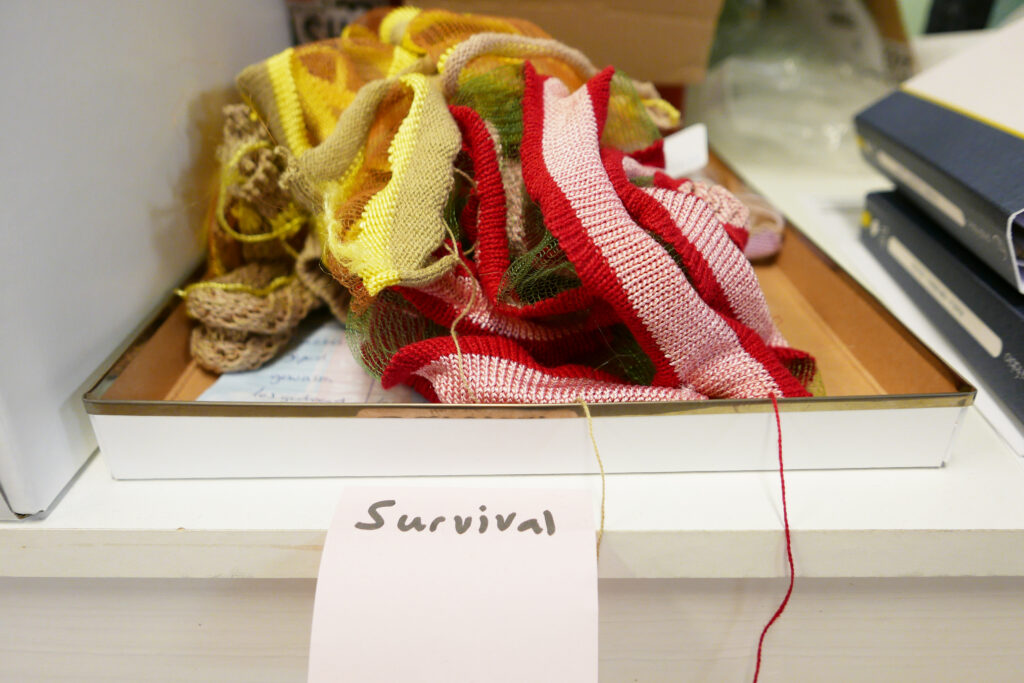

As Strikks is two persons, it’s not specifically my style or Suzanne’s style. It’s a combination of the two and it becomes a style because we work together. If you can give it a name, it would be a Scandinavian/ Dutch style. Which is a bit minimalistic but has it’s subtle characteristics in the way we treat the yarn and the stitch and the color. So we very much look into the detail of the stitch in combination with the quality of the yarn. So if we see a yarn and we decide ok what kind of stitch fits best with this yarn. And some stitches don’t work with a certain yarn. And we do so many swatching before we are satisfied with the result. The swatching is always done on the machine of course.
It’s a lot of work.
But I didn’t want to do it on my own. So I talked with some potential companions, partners and then, Suzanne, my companion turned out to be the best person to become a team. So that’s about 9 years ago, I think? 8 or 9 years ago? And we’ve been STRIKKS ever since and our passion is knitting and showing the world what you can do with this technique. It’s like a mission; show the world what this technique has to offer, not just knitting hats and scarves, but also interior products or even technical stuff. We can make anything on these machines, why not using it for any purpose possible?
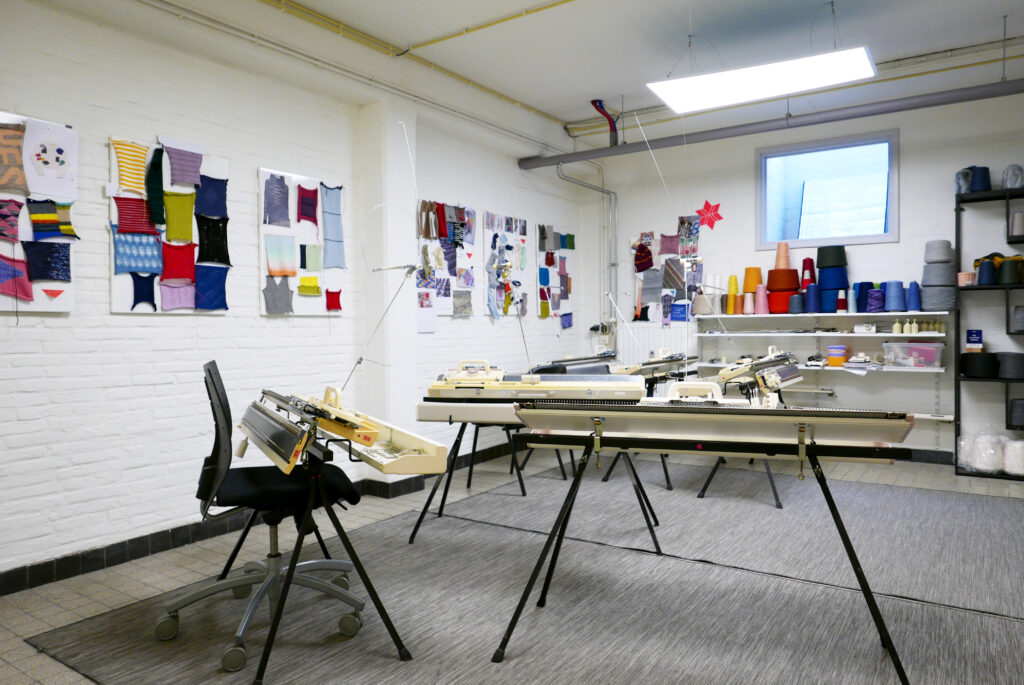
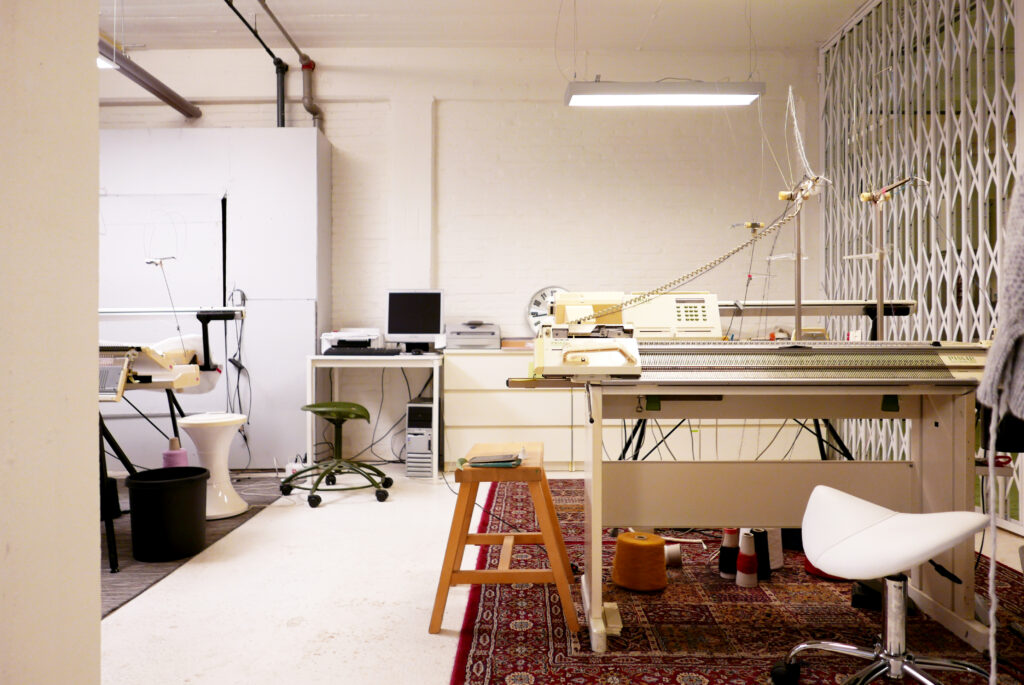
Everyday when I go home after a day at work, I’m looking forward to my hand knitting in the evening. I love my job because it’s all about knitting all day long and still, even when I go home, I look forward to knitting all day long. I could never leave the house for a longer time than one day without knitting needles. So on Sunday I will travel by plane and what’s in my hand luggage is knitting needles and a ball of yarn. To do something, because I cannot do nothing, I always have to do something.
If I travel, I take things along, like a small project like a hat or socks. Something I can take with me, it’s not a whole pullover, I do make these, but not on the plane.
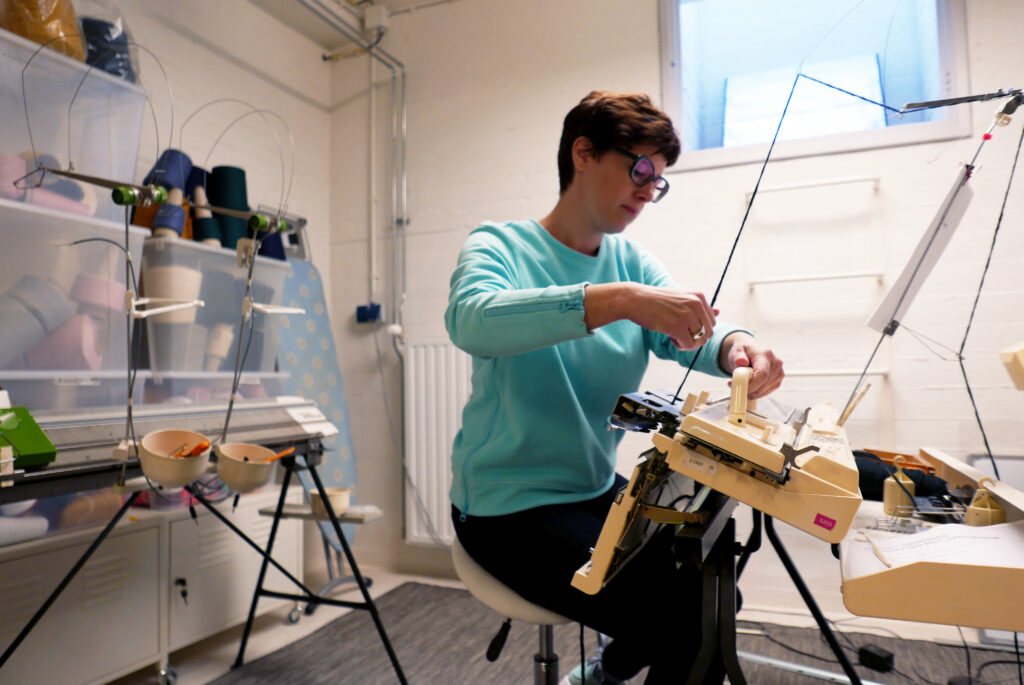
We have a lot of room (in the STRIKKS office) and we can make things like this (gesturing to the knitted awning covering the top of the office desk), how cool is that? The things I don’t love are we don’t have actual daylight. That’s something I really miss. But we do have a lot of space in the center of Maastricht and that’s also what people come along for, because we are in the center. So we give these knitting courses, machine knitting courses and people come all the way from the whole of the Netherlands, in Belgium and Germany because we are close to the station, in the center, it’s easy to reach. And it’s a cool building (Brandweer Kanteen) and we one of the first inhabitants of the building after they first renovated it. Yeah, so we are proud of it, to be here, in this building and we made it our own. It’s our knitted world.
I always wanted to be an interior decorator so that’s why I studied architecture. But I just missed the materials, the touch of material. I always want to explain about knitting, I always do this (making a hand gesture). And architecture is not really about touching material.
I think texture is very important, the texture of a surface. And of course we work with yarn, and wool, and cotton and every yarn creates its on texture. So we are looking for certain texture. And we create the texture with knitted technique.
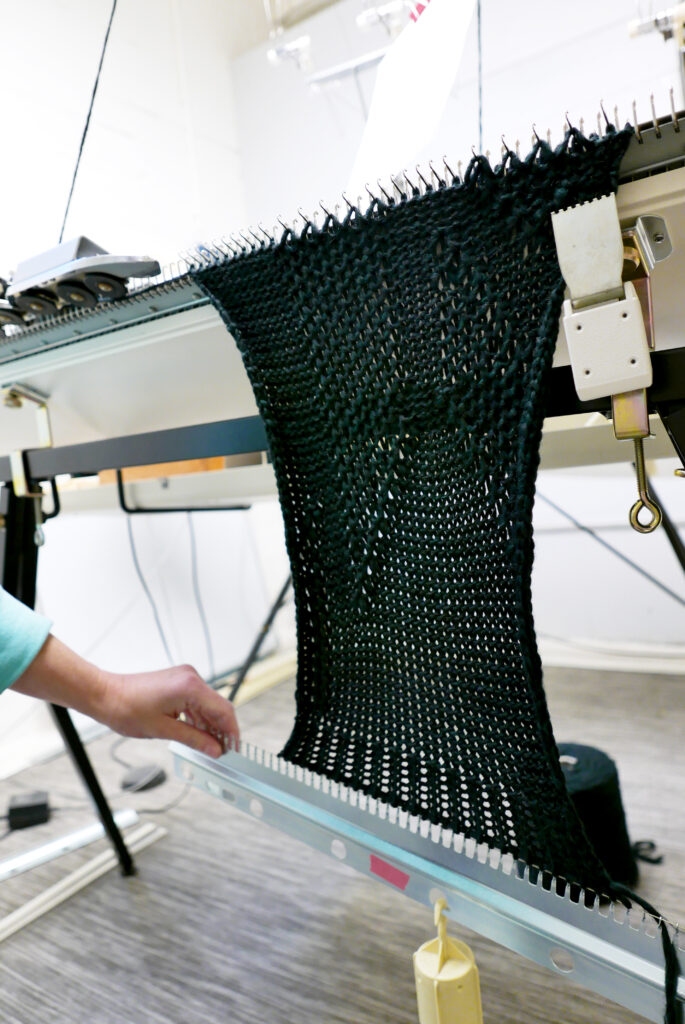
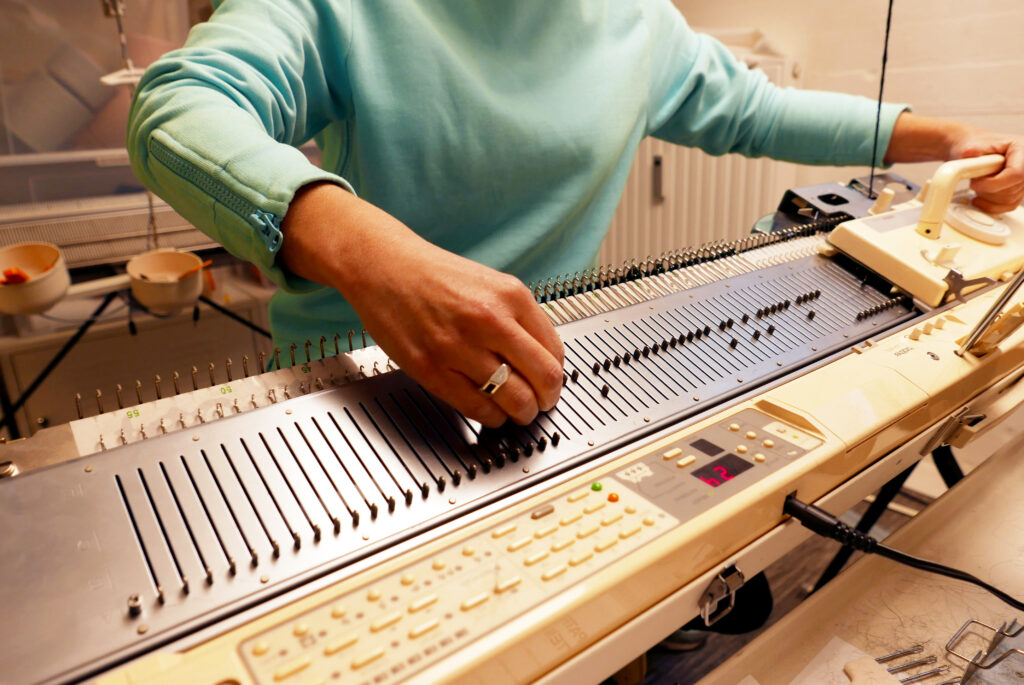
We want to share our knowledge. We’ve built up a range, we have a lot of knowledge that is accumulated over the years and I love to share that. So we do knitting courses, but I’m also teaching here at the Arts University in Maastricht. So we teach people how to knit, but we can always also tell people about knitting and the pros of knitting, the possibilities of the technique. So it’s also consultancy, what we do. So our future is what we do now, already. We want to continue that. Teaching people and consulting people and making beautiful stuff with yarn.
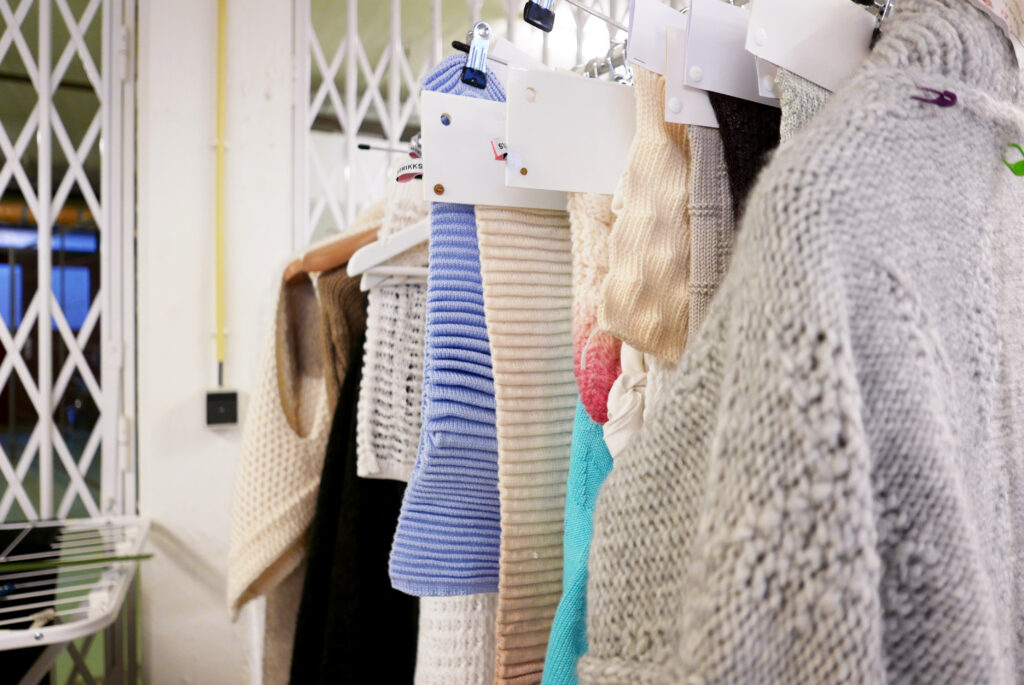
The city, the atmosphere, the architecture, it’s not such a big city (Maastricht). It’s compact and everything is here. I love the fact that I’m not one of thousands of designers in this city. It’s a bit of a special fault that there are designers here and we get much help from the government, the local government. They want to stimulate the fact that there are designers in Maastricht so please show them and we also take part in those networking events to show the city of Maastricht that there are lots of makers and designers that want to present their work and they do make beautiful stuff so please show it! So that’s a bit of hard work because we are not one of thousands of designers like in Eindhoven, you have lots of designers; it’s the city of design. So in our case we are more exclusive, and that makes you feel special. I think it’s a good situation.
